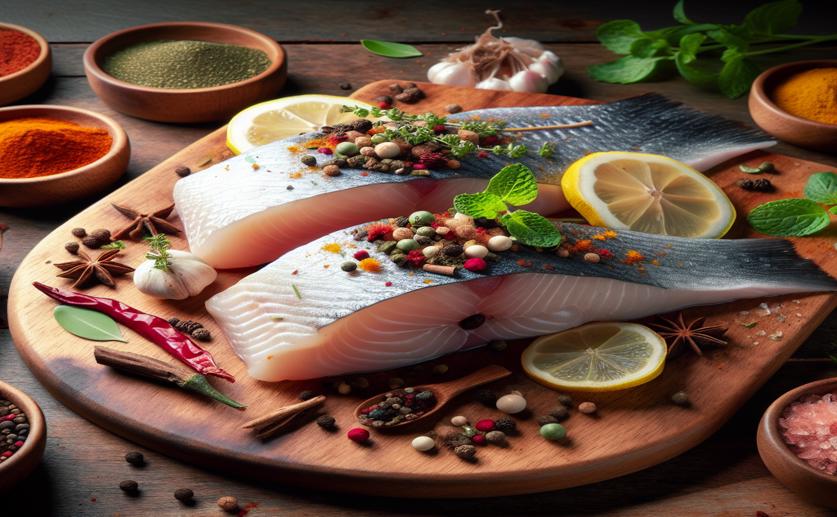
Enhanced Shelf-Life of Fish Fillets with Optimized Antioxidant Mixture
Greg Howard
28th February, 2024

Image Source: Natural Science News, 2024
Key Findings
- Scientists in Rio de Janeiro found a natural way to preserve rainbow trout using essential oils
- A mix of 66% lemongrass and 34% oregano oil kept the fish fresh as long as synthetic preservatives
- This blend reduced spoilage microbes, slowed fat and protein breakdown, and maintained fish color and texture
NutritionBiotechAnimal Science
References
Main Study
1) Oil-in-water emulsion loaded with optimized antioxidant blend improved the shelf-life of trout (Oncorhynchus mykiss) fillets: a study with simplex-centroid design.
Published 27th February, 2024
https://doi.org/10.1038/s41598-024-55308-x
Related Studies
2) Synergistic Antioxidant Activity of Four-Component Mixture of Essential Oils: Basil, Cedarwood, Citronella and Thyme for the Use as Medicinal and Food Ingredient.
3) Valorisation of lemongrass essential oils onto chitosan-starch film for sustainable active packaging: Greatly enhanced antibacterial and antioxidant activity.



 20th January, 2024 | David Palenski
20th January, 2024 | David Palenski